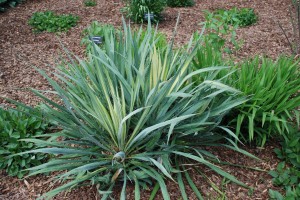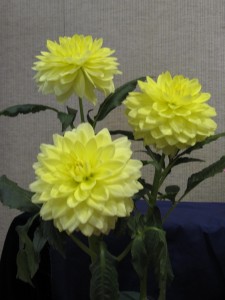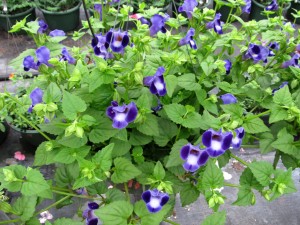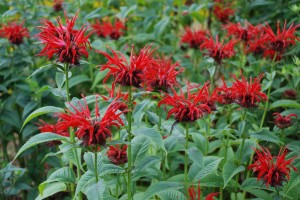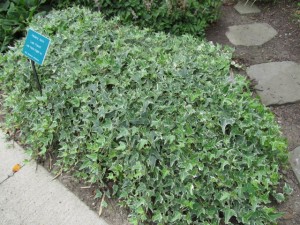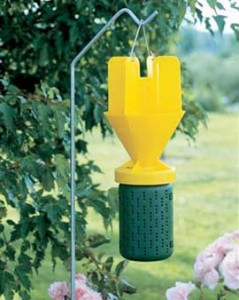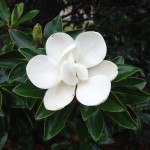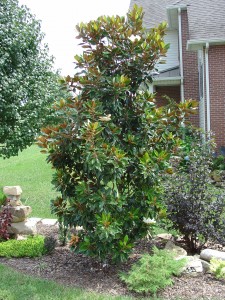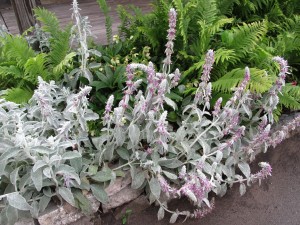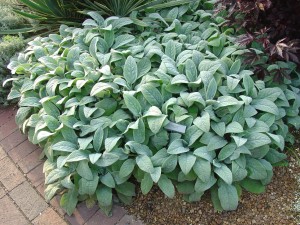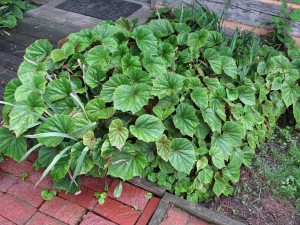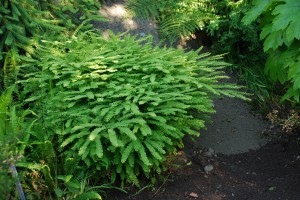Architecturally, yucca (Yucca filamentosa), aka Adam’s needle or Spanish bayonet, makes a strong landscape statement. Yucca is often difficult to fit with with other shrubs, except perhaps other xerophytic plants. Yucca is frequently used in an arid-looking or in a courtyard setting in gravel mulch.
Yucca prospers in full sun and a well-drained soil. This evergreen rosette (no stem) shrub is native from South Carolina south to Florida and Mississippi, but is surprisingly hardy as far north as USDA hardiness zones 5 (zone 4 with additional winter protection).
Yucca’s foliage stands upright and arching. ‘Color Guard’ is a gold-centered variegated form. The sword-like foliage reaches 3 to 4 feet tall and wide. The spine-tipped leaves are 1-2 ½ feet long and 3- 4 inches wide with green margins and striking creamy gold centers. Long curly white threads are found along the leaf margins. Variegation is steadfast and is not lost over the years as experienced with some other variegated cultivars.
In cool weather, the creamy-gold hue in the midsummer foliage takes on a pinkish tint in the autumn and rosey in the winter. Its deer-resistant foliage is covered in hundreds of curly white hairs. Branched clusters of 3-6 feet tall bouquets of fragrant creamy white bell-shaped flowers open from mid-spring into summer depending on where you garden. Flowers open from the bottom upward, keeping the plant in fresh blooms for 3 or more weeks!
Wet soil is yucca’s nemesis. Amend heavy clay soils with coarse sand or gravel for excellent drainage. It doesn’t mind very long dry spells (once it’s established in the garden for two years). Color Guard tolerates wind, heat, and humidity nicely and has few serious insect or disease problems.
Wear heavy gloves when pruning off dead flower stalks, decaying or dead foliage. Over the years plants tend to colonize or become stoloniferous. They may be cut from the mother plant and allowed to create small colonies.

